1. Rise of Walkable Communities
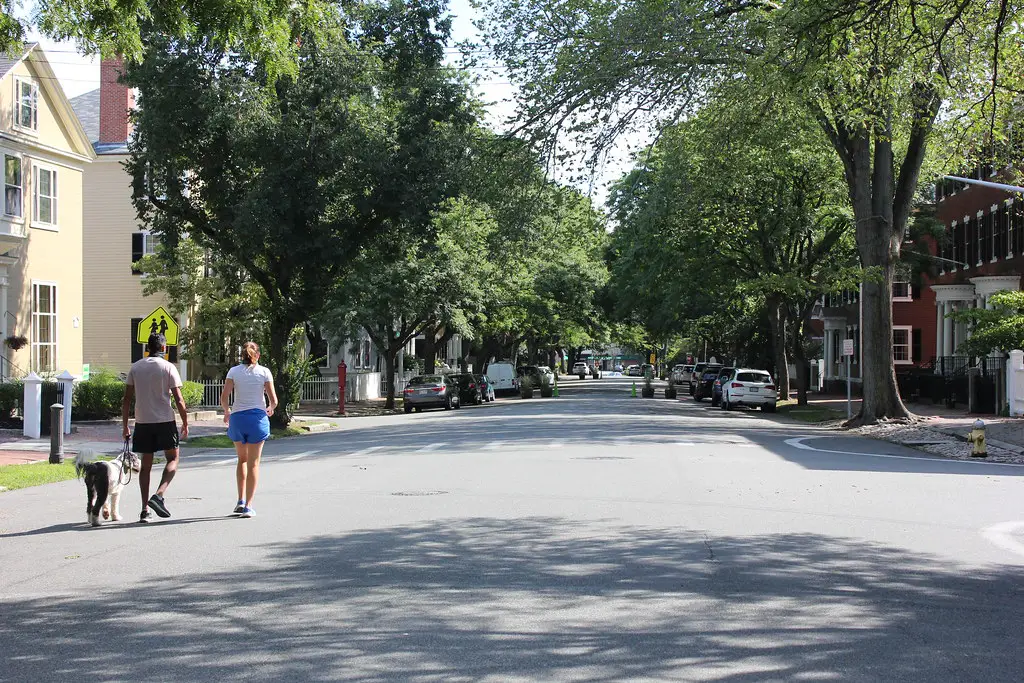
Suburbs are shifting from car-centric layouts to walkable designs with mixed-use developments. Shopping, dining, and housing are being integrated, creating mini urban hubs. This trend caters to the growing demand for convenience and sustainable living.
2. Electric Vehicle Infrastructure
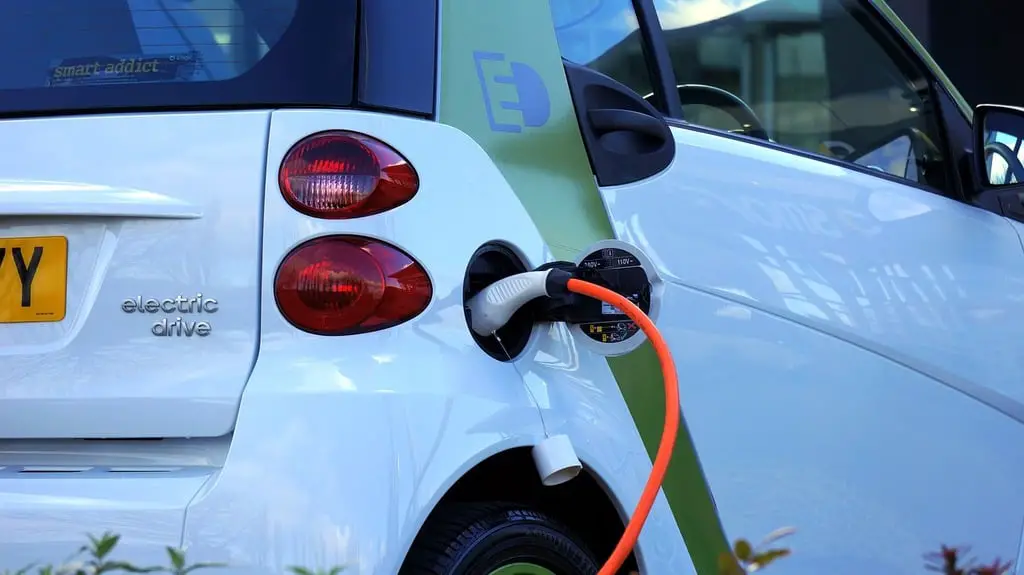
Gas stations are making way for EV charging hubs, drastically altering suburban landscapes. Neighborhoods are installing charging ports in residential and public areas. This shift supports the rapid adoption of electric vehicles and green transportation policies.
3. Remote Work Villages
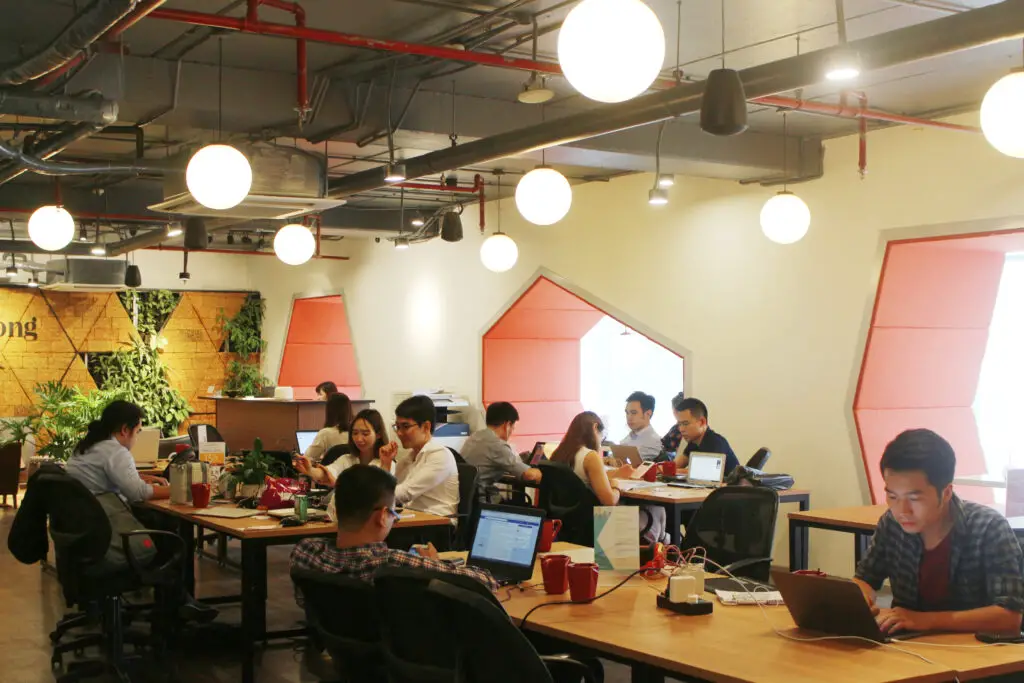
Suburbs are adapting to the work-from-home boom by creating co-working spaces and home offices. Developers are incorporating these features into new builds, replacing traditional commute culture. These changes prioritize convenience and flexibility for remote workers.
4. Smaller, Smarter Homes

Large, sprawling homes are losing appeal as minimalist, tech-forward designs take over. Smart home systems, energy-efficient appliances, and modular layouts are becoming standard. These homes cater to younger generations seeking affordability and sustainability.
5. Increased Public Transit Options
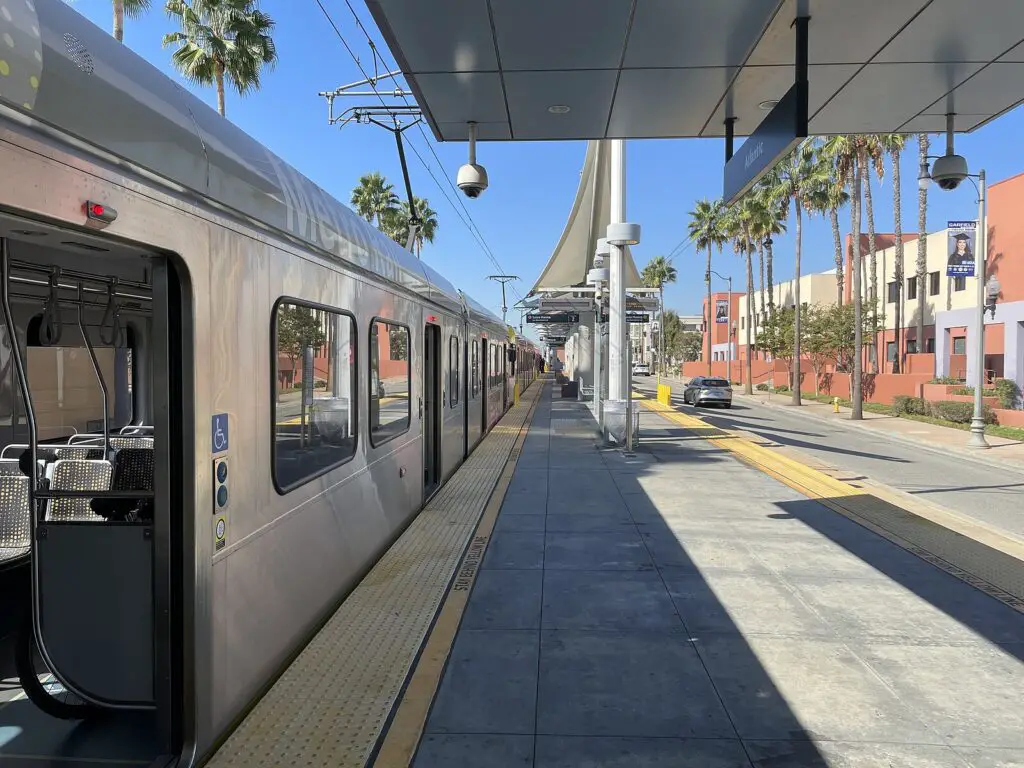
Suburbs are expanding public transit to connect residents to nearby cities more efficiently. Light rail systems and express buses are reducing dependence on personal vehicles. This trend is part of broader efforts to reduce traffic congestion and emissions.
6. Food Sustainability Initiatives
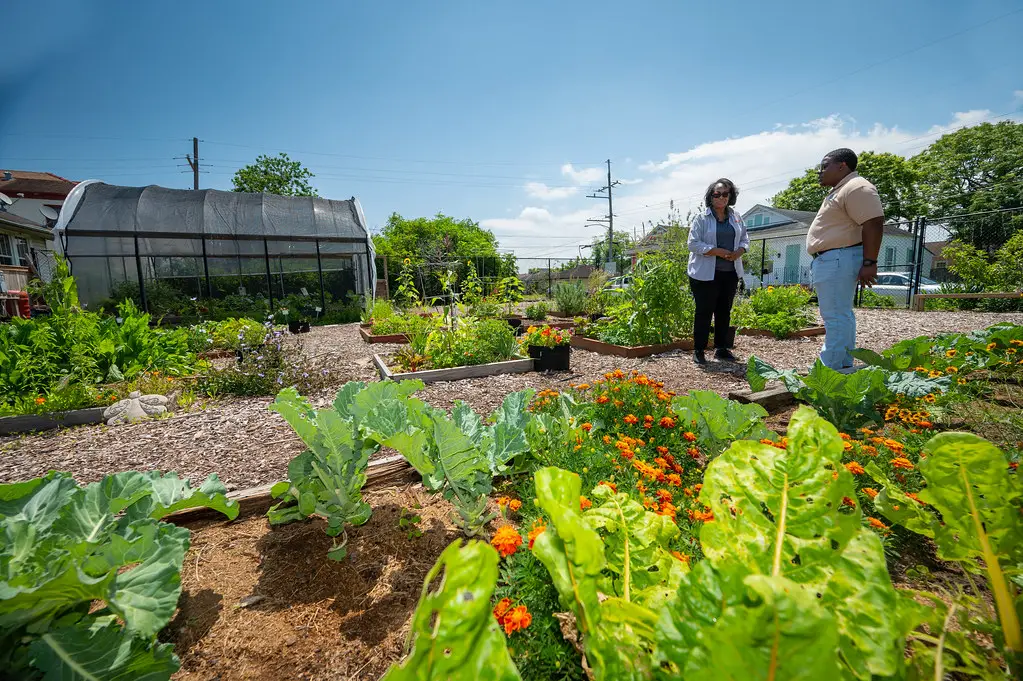
Community gardens and urban farming are growing in suburban areas. Residents are embracing hyper-local food production to combat rising grocery costs and promote sustainability. Suburbs are also adding farm-to-table markets and agricultural cooperatives.
7. Climate-Resilient Infrastructure

Suburbs are implementing measures to address climate change, like flood-resistant streets and drought-tolerant landscaping. Renewable energy sources such as solar and wind power are becoming standard in new developments. These changes ensure suburbs remain livable despite environmental challenges.
8. Multigenerational Housing

As housing costs rise, more families are opting for homes designed for multiple generations. These houses feature private living areas within a shared property. This trend reflects cultural shifts toward communal living and caregiving.
9. Automated Retail and Delivery
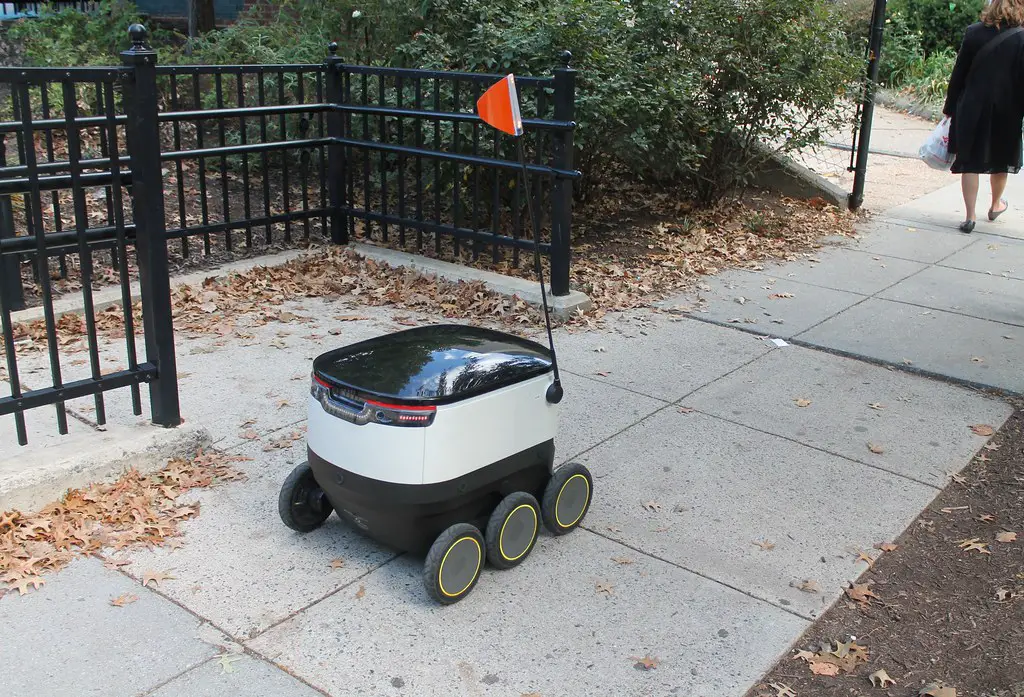
Drone deliveries and autonomous grocery stores are replacing traditional shopping trips. Suburban streets are becoming busier with automated delivery vehicles. These innovations are reshaping consumer habits and reducing the need for large retail spaces.
10. Urban Design Elements in Suburban Spaces

Skyscrapers and dense housing units are appearing in suburbs to combat urban sprawl. These changes allow more people to live closer to city centers without sacrificing amenities. High-rise buildings are becoming common alongside traditional single-family homes.
11. Entertainment Complexes and Recreational Hubs

Suburbs are evolving into entertainment destinations with multi-use recreational spaces. Movie theaters, bowling alleys, and outdoor event venues are being added to suburban neighborhoods. These hubs cater to residents’ desires for leisure activities closer to home.
12. Renewed Focus on Diversity and Inclusion

Suburbs are shedding their reputation for homogeneity by welcoming more diverse populations. Local governments and developers are prioritizing affordable housing and inclusive community designs. These efforts are creating vibrant, multicultural neighborhoods.
13. Rise of 15-Minute Communities
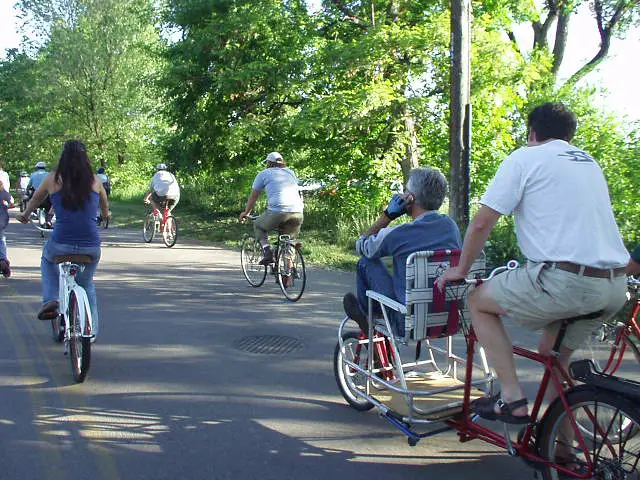
The “15-minute city” concept is taking root in suburban planning, with essential services located within a short walk or bike ride. Schools, healthcare facilities, and shops are becoming more accessible. This trend emphasizes convenience, sustainability, and a higher quality of life.
